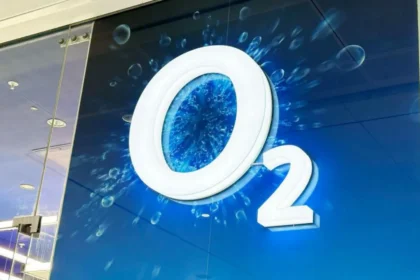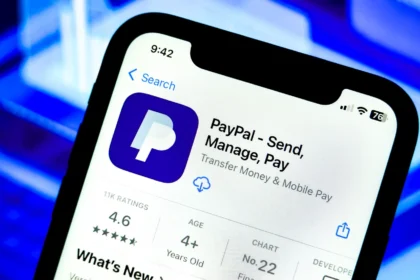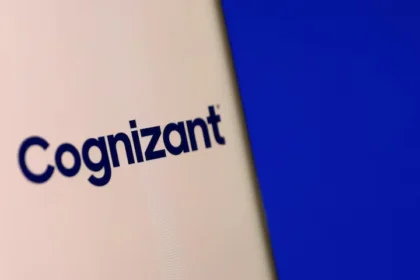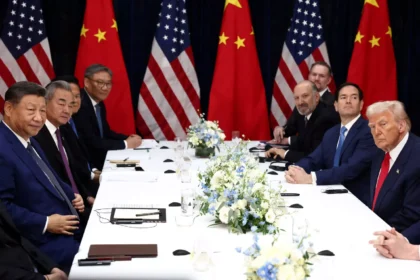The global race to define the next era of obesity treatment is entering a new phase. After GLP-1 drugs reshaped the landscape, pharmaceutical companies are now turning their attention to amylin analogs – hormone-based therapies that regulate appetite and energy intake. At YourDailyAnalysis, we see this shift as a signal that obesity medicine is evolving beyond first-generation breakthroughs: effectiveness alone is no longer enough, and tolerability is emerging as the key competitive frontier.
Amgen is among the most aggressive players in the space, advancing its experimental once-monthly injection MariTide into late-stage trials. Mid-phase data showed patients lost up to 16.2% of body weight over a year across the full population, and up to 19.9% among those who completed the treatment. But the study also revealed high rates of side effects and treatment discontinuation, prompting the company to adopt a slower dosing ramp for Phase 3. As we assess it at YourDailyAnalysis, Amgen is walking a tightrope: maintaining dramatic efficacy while avoiding the gastrointestinal burden that has plagued earlier metabolic drugs.
Meanwhile, the obesity arms race is becoming more global. Merck secured rights to a promising oral GLP-1 candidate from China’s Hansoh Pharma in a deal worth up to $2 billion, underscoring expectations that oral delivery and patient comfort will define the second wave of metabolic innovation. The move also raises questions about the future of U.S. biotech players like Viking Therapeutics, once viewed as prime acquisition targets but now under pressure to prove meaningful differentiation as their assets remain in mid-stage development.
The stakes are high. Patients want significant and sustained weight loss, yet tolerability constraints mean few will endure persistent nausea and vomiting. Analysts warn that only candidates demonstrating clear superiority in Phase 3 trials will attract large-scale pharma commitments. At YourDailyAnalysis, we share that view: hype cycles have given way to a market where clinical proof and real-world persistence will determine winners – not theoretical mechanisms or early-stage enthusiasm.
Looking forward, the competitive map continues to tighten. Many Big Pharma players have already placed their bets, narrowing the partnership pipeline for late entrants. Those who succeed will be the companies that pair strong efficacy with low discontinuation rates and convenient dosing – whether monthly injections or next-generation oral formats.
We at Your Daily Analysis believe amylin analogs may ultimately mark the transition from a single-hormone obesity paradigm to multi-pathway strategies and combination therapies. For investors, this is a moment of selection rather than speculation: the market opportunity is enormous, but selectivity is sharpening. The next year will not merely test scientific ambition – it will test real-world performance, commercial discipline, and the ability to scale therapies that patients actually stay on.















